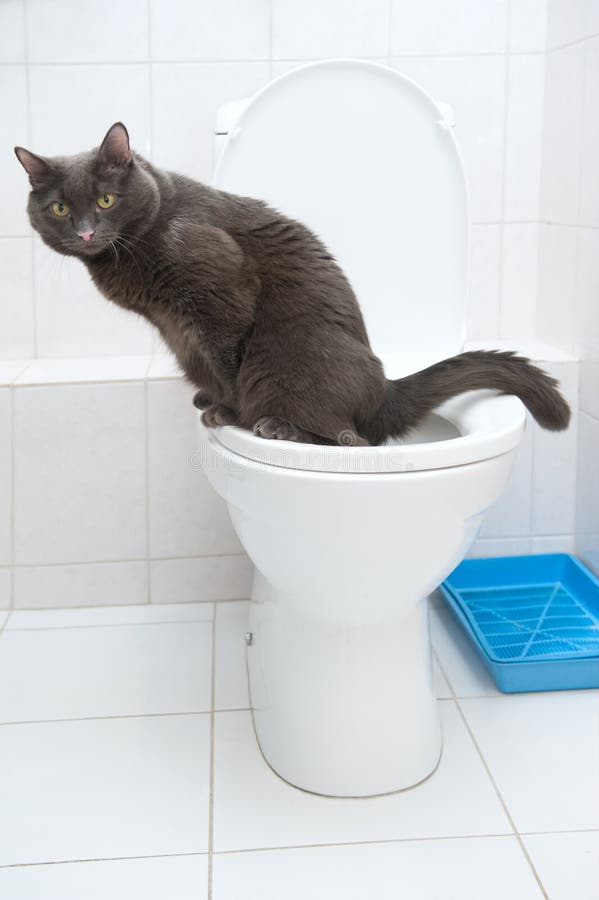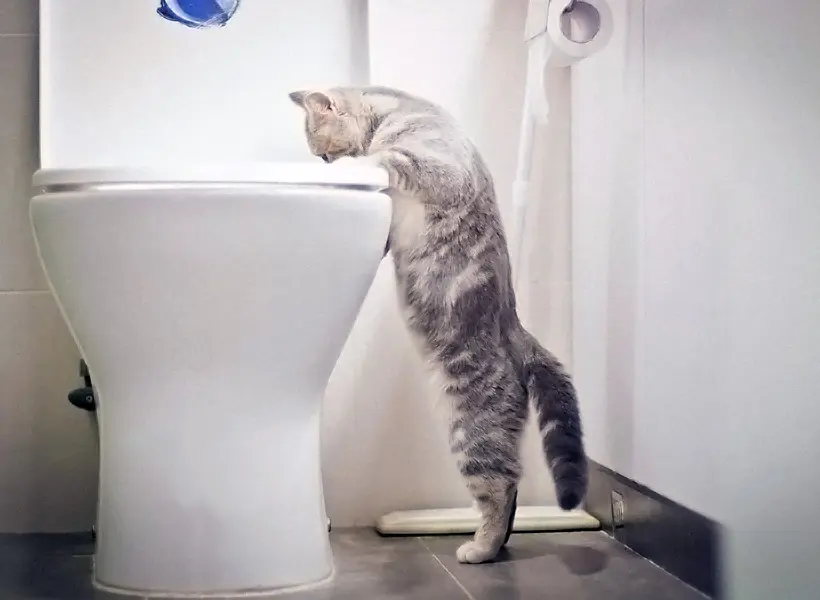The publisher is making a few great pointers on Don’t flush cat feces down the toilet in general in the article beneath.

Introduction
As pet cat proprietors, it's important to be mindful of how we dispose of our feline friends' waste. While it might appear convenient to flush feline poop down the toilet, this method can have harmful repercussions for both the setting and human health.
Environmental Impact
Flushing cat poop presents harmful virus and bloodsuckers into the water system, posturing a considerable threat to aquatic ecological communities. These pollutants can adversely impact marine life and concession water high quality.
Wellness Risks
Along with ecological issues, purging pet cat waste can also position health and wellness dangers to humans. Cat feces may contain Toxoplasma gondii, a bloodsucker that can create toxoplasmosis-- a potentially extreme health problem, specifically for expectant ladies and people with damaged body immune systems.
Alternatives to Flushing
Thankfully, there are much safer and a lot more responsible methods to take care of feline poop. Take into consideration the adhering to alternatives:
1. Scoop and Dispose in Trash
The most typical approach of getting rid of cat poop is to scoop it right into a biodegradable bag and throw it in the garbage. Be sure to utilize a committed litter scoop and take care of the waste quickly.
2. Use Biodegradable Litter
Go with naturally degradable cat clutter made from materials such as corn or wheat. These clutters are eco-friendly and can be securely taken care of in the garbage.
3. Bury in the Yard
If you have a yard, take into consideration hiding cat waste in a designated area away from vegetable gardens and water sources. Make sure to dig deep adequate to prevent contamination of groundwater.
4. Mount a Pet Waste Disposal System
Purchase a family pet waste disposal system particularly developed for pet cat waste. These systems make use of enzymes to break down the waste, lowering smell and environmental influence.
Final thought
Responsible family pet ownership extends beyond supplying food and shelter-- it likewise involves proper waste monitoring. By avoiding flushing cat poop down the commode and going with alternate disposal approaches, we can reduce our environmental footprint and protect human health and wellness.
Why Can’t I Flush Cat Poop?
It Spreads a Parasite
Cats are frequently infected with a parasite called toxoplasma gondii. The parasite causes an infection called toxoplasmosis. It is usually harmless to cats. The parasite only uses cat poop as a host for its eggs. Otherwise, the cat’s immune system usually keeps the infection at low enough levels to maintain its own health. But it does not stop the develop of eggs. These eggs are tiny and surprisingly tough. They may survive for a year before they begin to grow. But that’s the problem.
Our wastewater system is not designed to deal with toxoplasmosis eggs. Instead, most eggs will flush from your toilet into sewers and wastewater management plants. After the sewage is treated for many other harmful things in it, it is typically released into local rivers, lakes, or oceans. Here, the toxoplasmosis eggs can find new hosts, including starfish, crabs, otters, and many other wildlife. For many, this is a significant risk to their health. Toxoplasmosis can also end up infecting water sources that are important for agriculture, which means our deer, pigs, and sheep can get infected too.
Is There Risk to Humans?
There can be a risk to human life from flushing cat poop down the toilet. If you do so, the parasites from your cat’s poop can end up in shellfish, game animals, or livestock. If this meat is then served raw or undercooked, the people who eat it can get sick.
In fact, according to the CDC, 40 million people in the United States are infected with toxoplasma gondii. They get it from exposure to infected seafood, or from some kind of cat poop contamination, like drinking from a stream that is contaminated or touching anything that has come into contact with cat poop. That includes just cleaning a cat litter box.
Most people who get infected with these parasites will not develop any symptoms. However, for pregnant women or for those with compromised immune systems, the parasite can cause severe health problems.
How to Handle Cat Poop
The best way to handle cat poop is actually to clean the box more often. The eggs that the parasite sheds will not become active until one to five days after the cat poops. That means that if you clean daily, you’re much less likely to come into direct contact with infectious eggs.
That said, always dispose of cat poop in the garbage and not down the toilet. Wash your hands before and after you clean the litter box, and bring the bag of poop right outside to your garbage bins.
https://trenchlesssolutionsusa.com/why-cant-i-flush-cat-poop/

As a keen reader on Don’t flush cat feces down the toilet, I assumed sharing that piece of content was worthwhile. Are you aware of somebody else who is in the market for the niche? Why not share it. We thank you for reading our article about Can You Flush Cat Poo or Litter Down the Toilet?.
Get Your Estimate Now
Comments on “Avoid Plumbing Problems: Never Flush Cat Poop Down Your Toilet - Professional Advice”